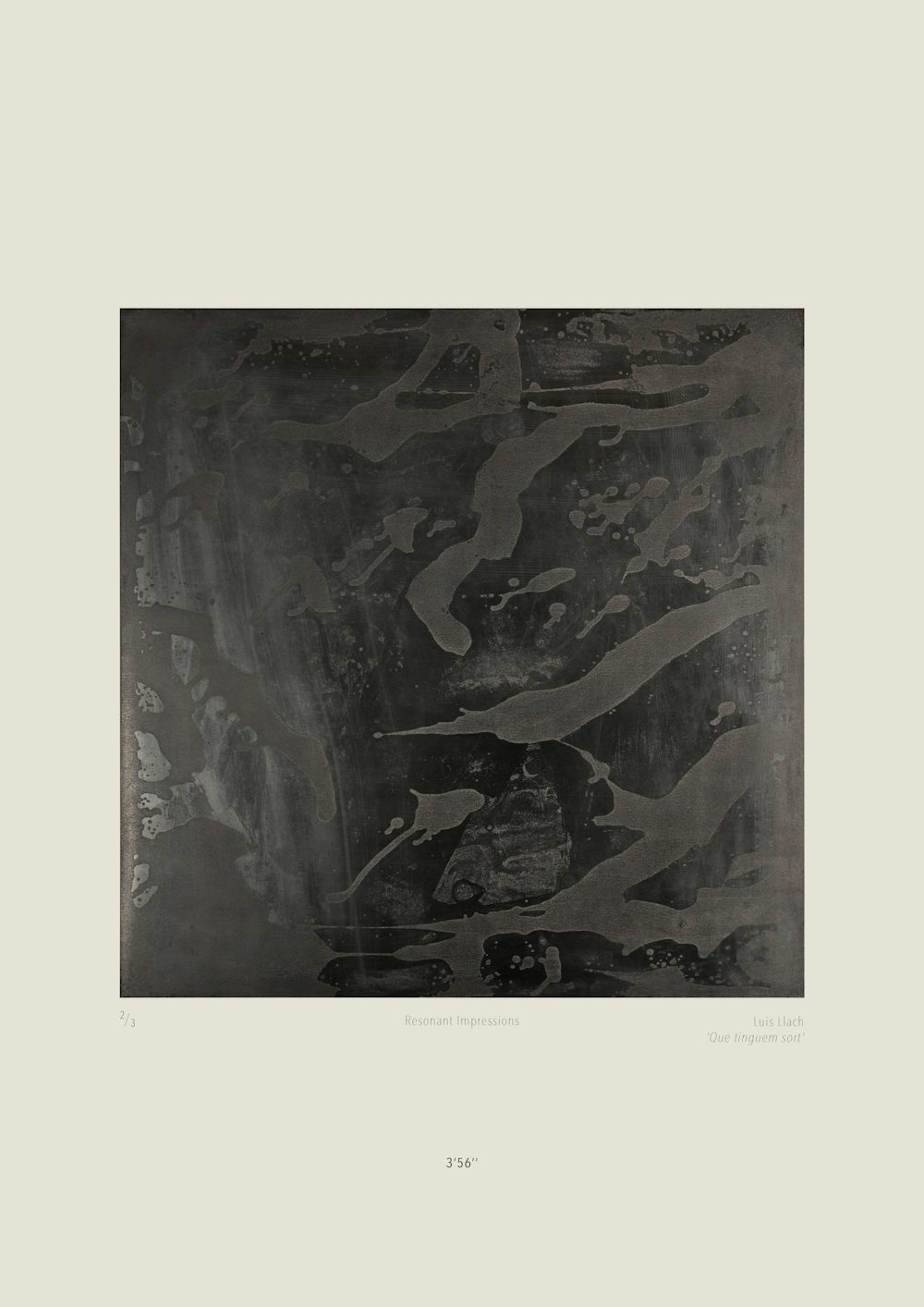“I could hear my heart beating. I could hear everyone's heart. I could hear the human noise we sat there making, not one of us moving, not even when the room went dark.”- Raymond Carver, What We Talk About When We Talk About Love. This quote forms the basis of my intention for this project: creating a piece that captures a single moment in time of a sound where the piece will resonate the sound past the point of it being played.
Sound and music are ever-changing and indefinite, garnering varied responses and emotions. Sound and music have been long interpreted and interacted with, through the act of listening. As described by Marina Peterson in Atmospheric Noise, sound is non-concretized or ever truly encapsulated. This prompted the thought that music and sound rarely interacted visually and tactically, being reserved for the ears. With its ever-changing and indefinite behaviour, sound is usually remembered and recorded aurally and passed down through generations through memory.
Lluis Llach is one of the musicians who represented the ‘nova cançó’ movement who defied Francisco Franco’s dictatorship. This movement, which originated in the 1950s, sought to regain the Catalan language within everyday life, which had been forbidden after the fall of Catalonia in the Spanish Civil War. My Catalan mother lived through Franco’s dictatorship and, through her schooling and family life listened to Llach’s music at home and at school. The song ´Que Tinguem Sort´ was particularly important in my mother's life. Her memory of the song is intrinsically linked to her Catalan culture, but also emotionally linked to her childhood and family.
Based on the manner in which music is recorded and shared through records using microscopic etchings of sound on vinyl discs, I looked at the process of sugar-lift etching to visually represent sound. Using an audio exciter attached at the bottom of an aluminium plate, the vibrations created from playing the two different versions of ‘Que Tinguem Sort’ moved a sugar solution around the plate. This formed a visual manifestation of the song in that specific moment in time and created a piece that can be tactically interacted with, touching the grooves and expressions created by the sound.




